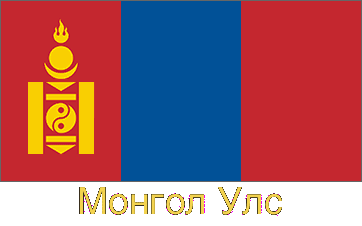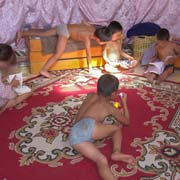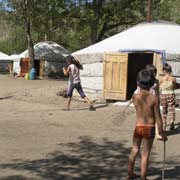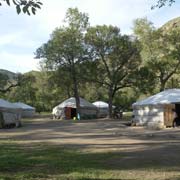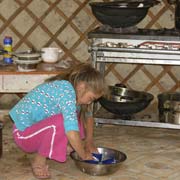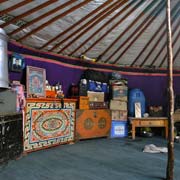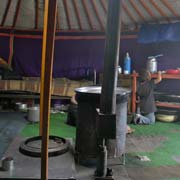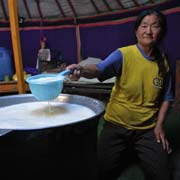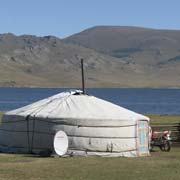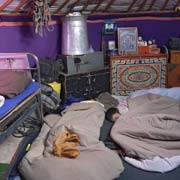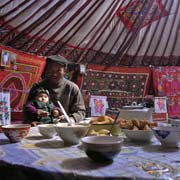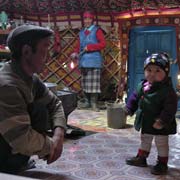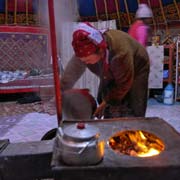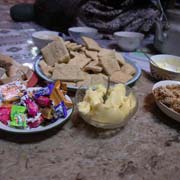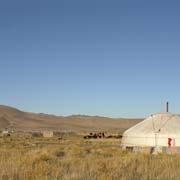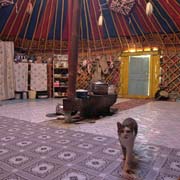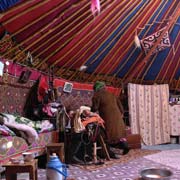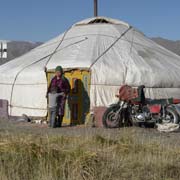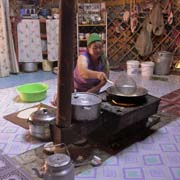Photos of Life in a Yurt, Mongolia
Life in a Yurt
The nomadic people of Central Asia have always used portable dwellings that could be erected and taken down relatively easy but provided a comfortable shelter under all circumstances. The structure would have a frame of wood and usually be covered by layers of fabric and felt. It is typically referred to as a “yurt”, a Turkic word, and via Russian imported into English.
you may then send it as a postcard if you wish.
In Mongolia, it is called a “ger” (гэр), which means “home”. It consists of lattice wall sections that can expand, one or more columns to support the crown and straight roof poles. The wood frame is covered with felt and nowadays usually heavy canvas as the outer layer. A door frame with a wooden door, always facing south (to catch the sun and avoid the winds typically coming from the north), provides access. In the centre of the ger is a stove that burns wood or dried animal dung on which large pans can be placed for cooking. Traditionally, entering the ger, the right-hand side is the woman’s domain, with the implements for cooking, while the left-hand side is for the men, with saddles, hunting implements and the churn to make airag, fermented mare’s milk. A little towards the back on this site is the place for guests. At the back is the place for the elders, the “khoimor”, a place of honour; the family altar with Buddhist images and sometimes photos of the family is there. There are beds along the sides, dressers, tables and chairs and nowadays, many families have solar panels and satellite dishes outside their gers and may have a TV and electric light in the middle of nowhere.
The Kazakh people in western Mongolia call their dwelling “kïiz üy” (киіз үй), which means “felt house”. The Kazakh dwelling is usually larger than the Mongolian and is often lavishly decorated inside, with colourful carpets hanging along the walls. Here too, hospitality is a great tradition, and it is a wonderful experience staying with a family.


